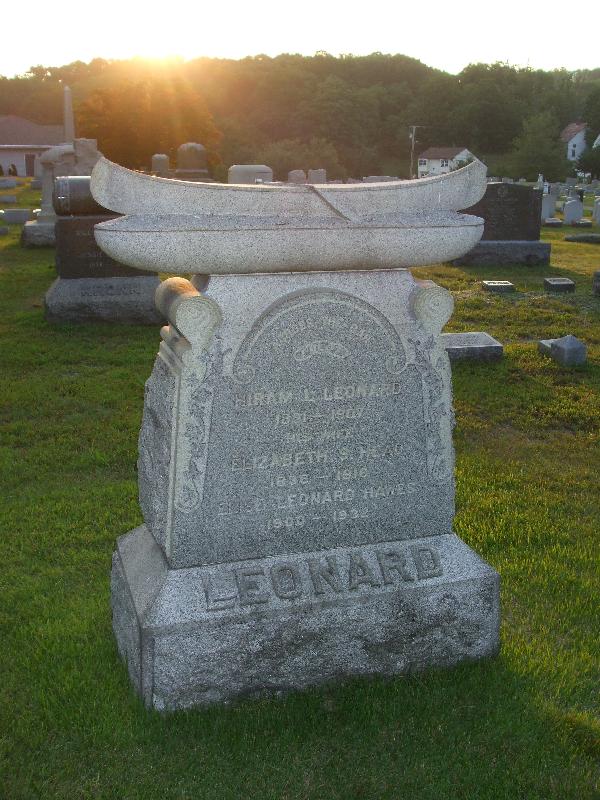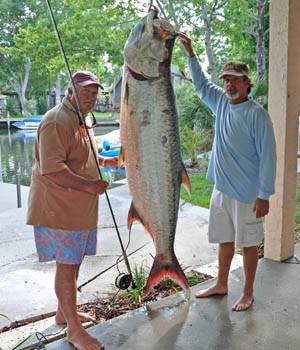Today you may be expecting the News of the Week. However, here at Fishing for History we never work on Memorial Day. Instead, I want everyone to reflect on the meaning of this holiday. For too many, it is just a convenient day off from work. But the reality of the matter is that this is a day when everyone should reflect on what it means to be an American.
As I was driving through Indianapolis yesterday on my return trip back home, I looked up in the sky and saw four planes flying in formation. It was the Blue Angels, getting ready for their fly by at the start of the Indianapolis 500. As I listened to the invocation at the start of that great race on the radio, it struck me that those of us interested in fishing history have as much to remember and memorialize as everyone else.
It was, after all, Civil War veterans like Capt. Thos. H. Chubb who helped found many of the tackle companies in the wake of that great conflagration that first popularized the sport of fishing. It was men such as Major Charles Conover of the Kansas City wholesale hardware firm of Richards & Conover that helped distribute this tackle across this expanding nation. And it was the host of veterans who, seeking a moment of solitude to forget the horrors of war, turned to the peaceful art of angling by the legion. It did not matter which side you fought on; fishing was the great equalizer.
In the wake of the Spanish-American war, noted firms such as the Shakespeare Company and Abercrombie & Fitch--who hand-tailored Col. Teddy Roosevelt's personal uniform--plied the growing nation with the tackle it needed and desired. But it was really the First World War that transformed fishing. Returning veterans in 1918 and 1919 created the greatest demand for fishing tackle to that point in the nation's history, and a plethora of companies ranging from Thos. E. Wilson (who created a special fund to care for the families of employees at Wilson Meatpacking who were wounded or died in the war) to the ever-present Winchester Repeating Arms Company entered the fishing tackle field with a grand flourish.
Fishing and the Second World War is a subject of great interest and one I plan on penning a significant work on one day. But suffice to say the contributions of tackle makers was extremely valuable, as noted tackle makers made everything from the Norden Bomb Sight to survival kits. One manufacture--Montague Rod & Reel Company--made everything from bamboo ski poles to intricate firing pins for machine guns, all under the same roof. It was not unique. Back home, the tackle makers like Creek Chub and Pflueger continued to advertise, press for the purchase of war bonds, and remind Americans that brighter days were ahead. And in the wake of the war, returning veterans once again kick-started the American fishing industry and propelled angling to a position as the most popular past time in America.
So no News of the Week today--you can come back tomorrow for that. Today we remember the sacrifices necessary to preserve our freedoms. My father came back from the war and the occupation of Japan to start a family and fish once again. Others were not so lucky and their absence is still felt today. Is it too much to ask that one day every year we remember the contributions of soldiers past and present?
Have a safe and happy Memorial Day.
-- Dr. Todd

















